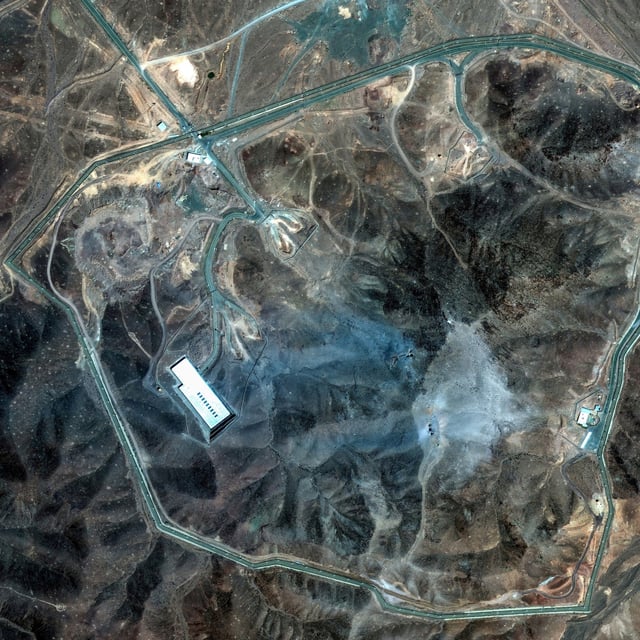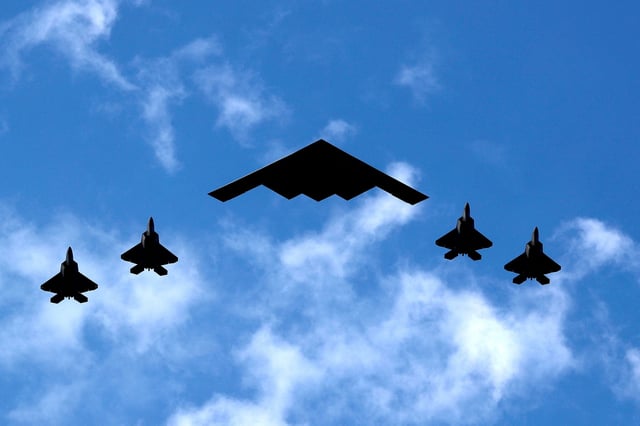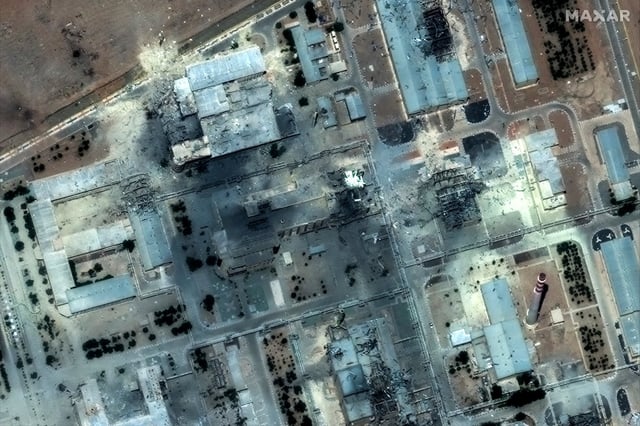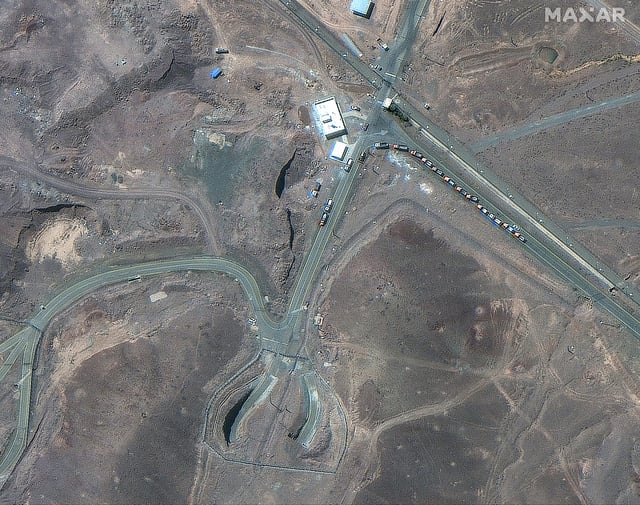Overview
- The US launched Operation Midnight Hammer on June 21, dispatching B-2 stealth bombers from Missouri and submarine-launched Tomahawk missiles to hit the Fordow, Natanz and Isfahan complexes with GBU-57 Massive Ordnance Penetrators.
- Execution involved strategic misdirection—decoy B-2 flights across the Pacific, 18-hour round trips, over 125 support aircraft and multiple in-flight refuelings to evade Iranian air defenses and preserve operational secrecy.
- Battle damage assessments and satellite imagery revealed multiple deep craters at Fordow and Natanz and extensive above-ground destruction at Isfahan, though Iran’s Atomic Energy Organization described the impact as superficial.
- Pentagon leaders emphasized that the strikes aimed solely to degrade Iran’s nuclear breakout capability without pursuing regime change, with Defense Secretary Pete Hegseth underscoring a focus on infrastructure, not civilian targets.
- Iran’s Supreme Leader Ayatollah Ali Khamenei condemned the raid as a grave crime and vowed measured retaliation, even as the UN and key international partners urge restraint to avert wider regional conflict.



